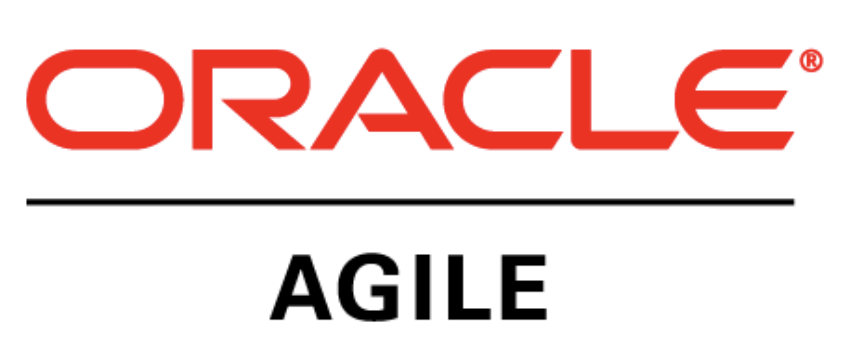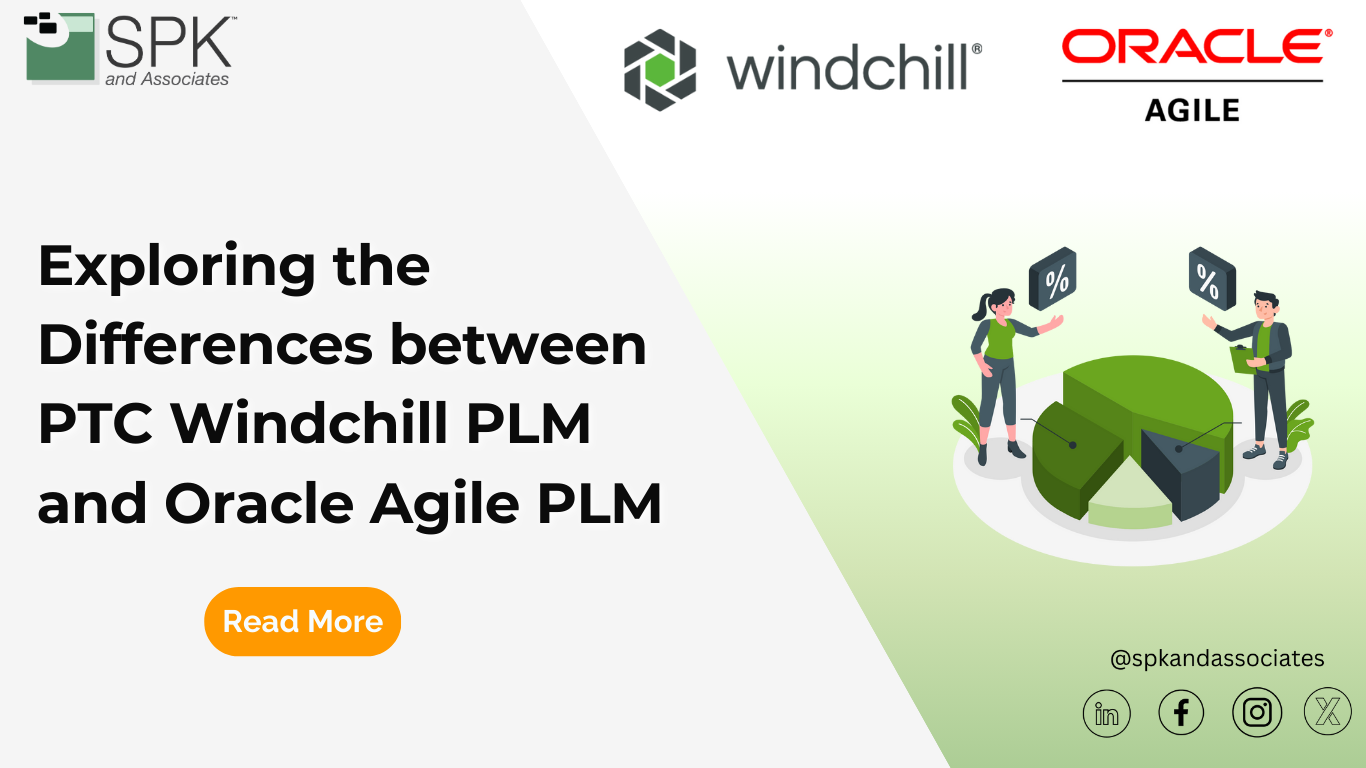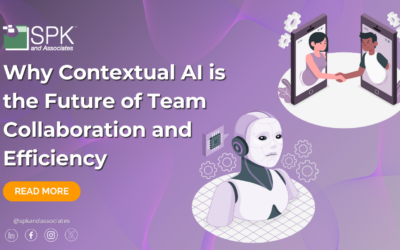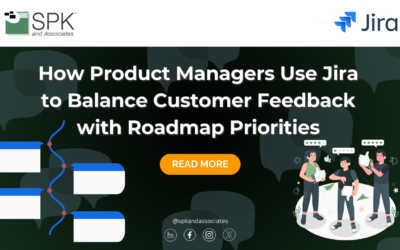When choosing a Product Lifecycle Management (PLM) software, it is important to explore options to conjecture which suits your business needs. Our industry experts understand this can be time-consuming. This is why we have gathered information, to save you time in making your decision. Today we will be comparing two different PLM solutions on the market: PTC Windchill PLM vs. Oracle Agile PLM.
What is PTC Windchill?
PTC Windchill is an out-of-the-box PLM solution used to manage product life cycles and data. Moreover, Windchill streamlines and optimizes the management of product life cycles across organizations. It does this by:
- Providing easy-to-use visualization and collaboration tools.
- Fostering communication and collaboration among team members
- Documenting all modifications, quality metrics, and product development requirements.
In summary, Windchill propels a product to market, from engineering to manufacturing.


What is Oracle Agile PLM?
Oracle Agile PLM is a suite of software applications aimed at managing the entire lifecycle of a product. Agile PLM manages product:
- Data
- Quality
- Design
- Regulations
Furthermore, Agile PLM includes project management tools to plan, track, and manage product development projects. Lastly, Agile PLM enables collaboration by containing Manufacturing Process Management (MPM) features which facilitate collaboration between engineers and manufacturers.
PTC Windchill vs. Oracle Agile PLM
Let’s compare some of the native features of the two PLM systems:
Native Tools
Ease of use
Quality of support
Product Direction
PLM Model
Cost
Windchill also provides a native viewer, enabling users to view or markup any data stored in Windchill
Lastly, Windchill contains a vault-like storage system, offering version control, revision history, and access control.
Additionally, Windchill offers a wide range of configuration options that meet unique business needs.
It also provides data migration tools and customizable migration workflows that enable organizations to migrate data efficiently, accurately, and securely.
It supports continuous improvement with its closed-loop architecture.
This architecture allows it to collect data and utilize the insights to manage your product more efficiently.
This allows businesses to choose which tier they desire, optimizing their cost-efficiency.
Agile PLM has a storage system, but it is not referred to as a "vault" in the same way as other PDM/PLM systems.
Agile PLM also often has issues migrating to Oracle Cloud due to version incompatibility and data synchronization issues.
It does not have the closed-loop architecture to improve upon itself and your product.
Their pricing model is one-size-fits-all.
It can be costly compared to other PLM solutions with the same features.
Why We Recommend PTC Windchill
In addition to the comparison above, Windchill has a multitude of reasons why it is one of the leading PLM software on the market.
- First and foremost, Windchill’s digital thread foundation allows organizations to seamlessly connect with other Enterprise Resource Planning (ERP) systems and applications.
- Secondly, it provides Application Programming Interfaces (APIs) that allow organizations to develop custom integrations for their specific needs.
- Furthermore, Windchill provides easy-to-use visualization tools, empowering team members to better understand each other and communicate more effectively.
- Additionally, Windchill provides collaboration workspaces for team members and integrates with popular tools like Microsoft Teams.
- Lastly, Windchill has great reviews. Especially when you analyze the G2 reviews of these 2 products, in fact, stating that “Reviewers felt that PTC Windchill meets the needs of their business better than Oracle Agile.”
Is Windchill better than Oracle Agile PLM? That is for you to decide, but the head-to-head comparison displays Windchill’s strengths over Agile. For these reasons, Windchill is the PLM software we recommend above all.
Ready To Get Started With PTC Windchill?
If you still have questions, we’re here to help you make your decision. Alternatively, if you’re ready to get started with PTC Windchill, we can help with that too. Contact us today.








